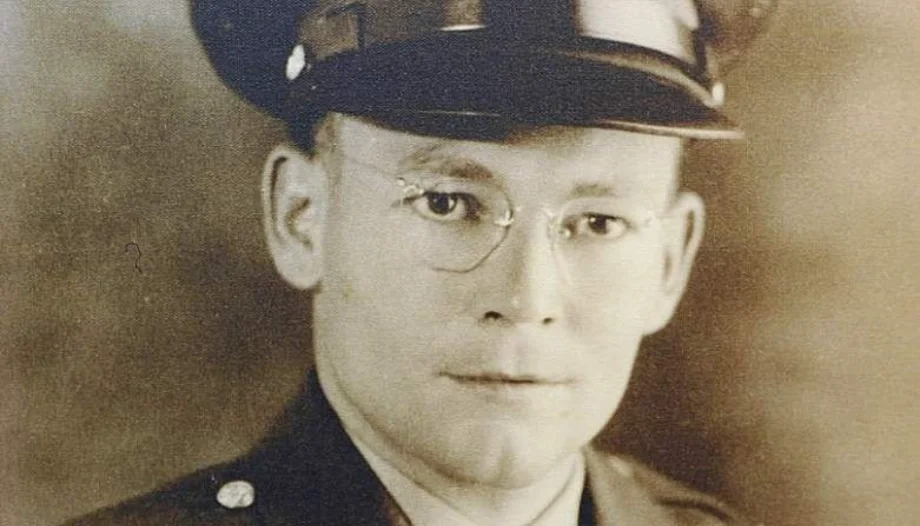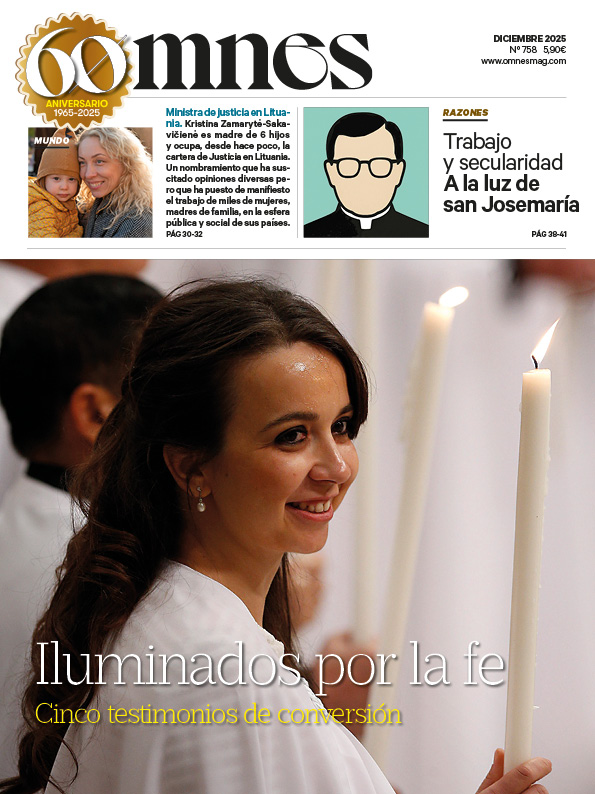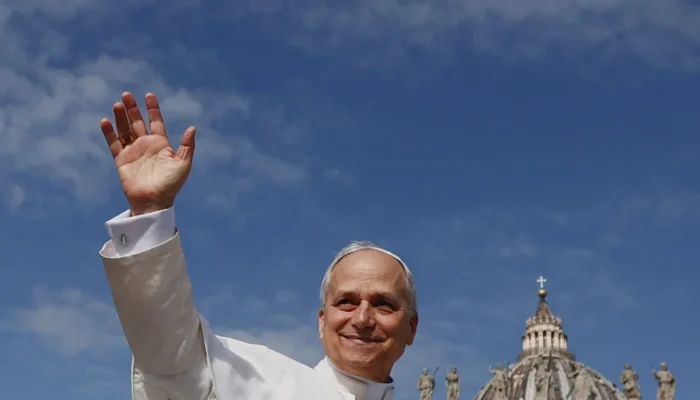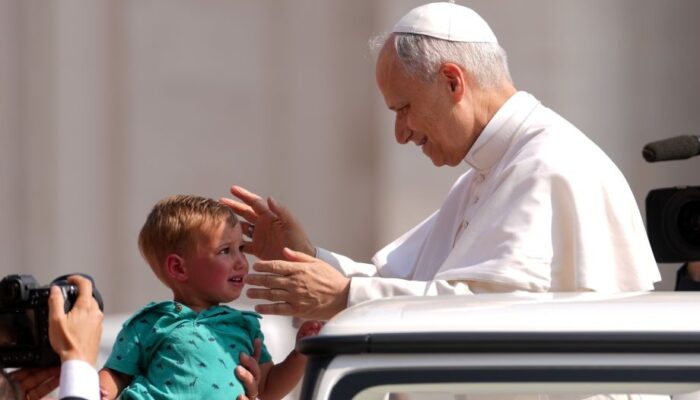Jack Figge, OSV News
There was nothing fancy about the little chapel where the Servant of God Father Joseph Verbis Lafleur celebrated Christmas Eve Mass on December 24, 1942. It was a simple wooden hut, built in the middle of a Japanese prisoner-of-war camp where Father Lafleur was imprisoned.
Father Lafleur, ordained for the Diocese of Lafayette, Louisiana, on April 2, 1938, had enlisted as a military chaplain in early 1941 and was assigned to serve with the 19th Bombardment Group of the U.S. Air Corps, stationed in the Philippines. Two years later, he was captured by the Japanese during the early days of U.S. involvement in World War II and was sent to a prisoner-of-war camp.
Finally, Father Lafleur was killed when a U.S. submarine sank an unidentified Japanese POW transport, the SS Shinyo Maru, which was carrying American POWs to the mainland, killing all but 60 prisoners.
Recently, Michael Bell, executive director of the Jenny Craig Institute for the Study of War and Democracy at the National WWII Museum in New Orleans, began researching Father Lafleur's life and service and presented his findings during a special reception on July 31.
The story of Father Lafleur
On December 8, 1941, sirens sounded at Clark Field, a U.S. military base in the Philippines. Simultaneously, on December 7 due to the international date change line, a Japanese carrier group launched an air attack on the U.S. base at Pearl Harbor, Hawaii, marking the beginning of U.S. involvement in World War II.
Father Lafleur, the base chaplain, watched as Japanese planes bombed and strafed the U.S. airfield. Seeing the wounded soldiers, the chaplain sprang into action.
"With no regard for his personal safety, Father Lafleur goes from wounded soldier to wounded soldier, providing comfort or helping them evacuate to safety, and he becomes a real inspiration, not only to those he helped, but even to the leaders of that unit," Bell said. "He starts to demonstrate this incredible selflessness when, it seems like, everyone else is taking shelter and he's there helping people."
Father Lafleur's example of altruism continued when, after the attack, he was given the opportunity to evacuate to Australia. However, the chaplain promised to stay with his men and told the commanders that he would not leave until everyone else had been evacuated.
Lafleur retreated with the remaining soldiers to the Bataan Peninsula, where they attempted to repel the invading Japanese forces. However, their efforts failed and on May 7, 1942, Lafleur and the 19th Bombardment Group surrendered to the Japanese.
But the story of Father Lafleur's heroism had only just begun.
Father LaFleur was sent to Davao Penal Colony, a Japanese prisoner-of-war camp in the Philippines, where he endured harsh living conditions and violent prison guards.
"Conditions get worse and worse as time goes on," Bell said. "What little food they had begins to run short, and by mid-summer 1942, the Japanese become very violent. If American or Filipino prisoners escape or try to escape, they take revenge on the others, punishing them or even executing some."
Nevertheless, Father Lafleur did his best to keep his spirits up by administering the sacraments and listening attentively to his fellow prisoners. Shortly after his arrival in Davao, Father Lafleur and other prisoners began to build a small wooden hut that would serve as a chapel, which they called "St. Peter in Chains." It was there that Christmas Eve Mass was celebrated in 1942.
"One of the stories suggests that while Father Lafleur was celebrating Mass, a couple of prisoners were so inspired that they pulled out an American flag they had been hiding, unfurled it and held it up during midnight Mass," Bell said. "This becomes a great inspiration for all these prisoners to persevere."
In a work camp
Soon after, the Japanese began selecting prisoners to send to Lasang, a nearby labor camp. Lafleur, still recovering from a severe bout of malaria, volunteered, convinced that there he would be where God was calling him to serve. He remained there until August 1944.
As U.S. forces rapidly approached, the Japanese began sending American prisoners of war to camps on other Japanese-controlled islands via "hell ships."
Father Lafleur and 750 other Americans were loaded onto one of these hellish ships, the SS Shinyo Maru, where they were crammed into two cramped compartments below deck, with minimal ventilation, no toilets and barely enough room for each prisoner to sit.
The men turn to Father Lafleur for spiritual guidance and encouragement as they suffer in the sweltering heat and pitch darkness.
Helping in the midst of tragedy
Tragically, on Sept. 7, 1944, a U.S. submarine fired on the unidentified Japanese ship. When the ship was hit, the Japanese began firing on the Americans as they tried to get out of the hold and started throwing grenades," Bell said. "The account indicates that Father Lafleur was there, constantly trying to help people get out, without regard for his own survival or safety."
In the end, he helped 83 men escape, but the transport ship broke in two and sank to the bottom of the Pacific with Father Lafleur still on board.
For years, Father Lafleur's story remained largely forgotten, remembered only in official U.S. reports, in the testimony of his fellow prisoners and in the Diocese of Lafayette, which opened his cause for canonization on September 5, 2020.
After learning about Father Lafleur's story, Bell knew he wanted to learn more about it and share it with the world. He believes Lafleur is an example of altruism that can serve as a model for all.
"The amazing thing about Father Lafleur's story is his constant altruism," Bell said. "It's an altruism that transcends self. It's this model of supreme self-sacrifice that can be an example to everyone."







